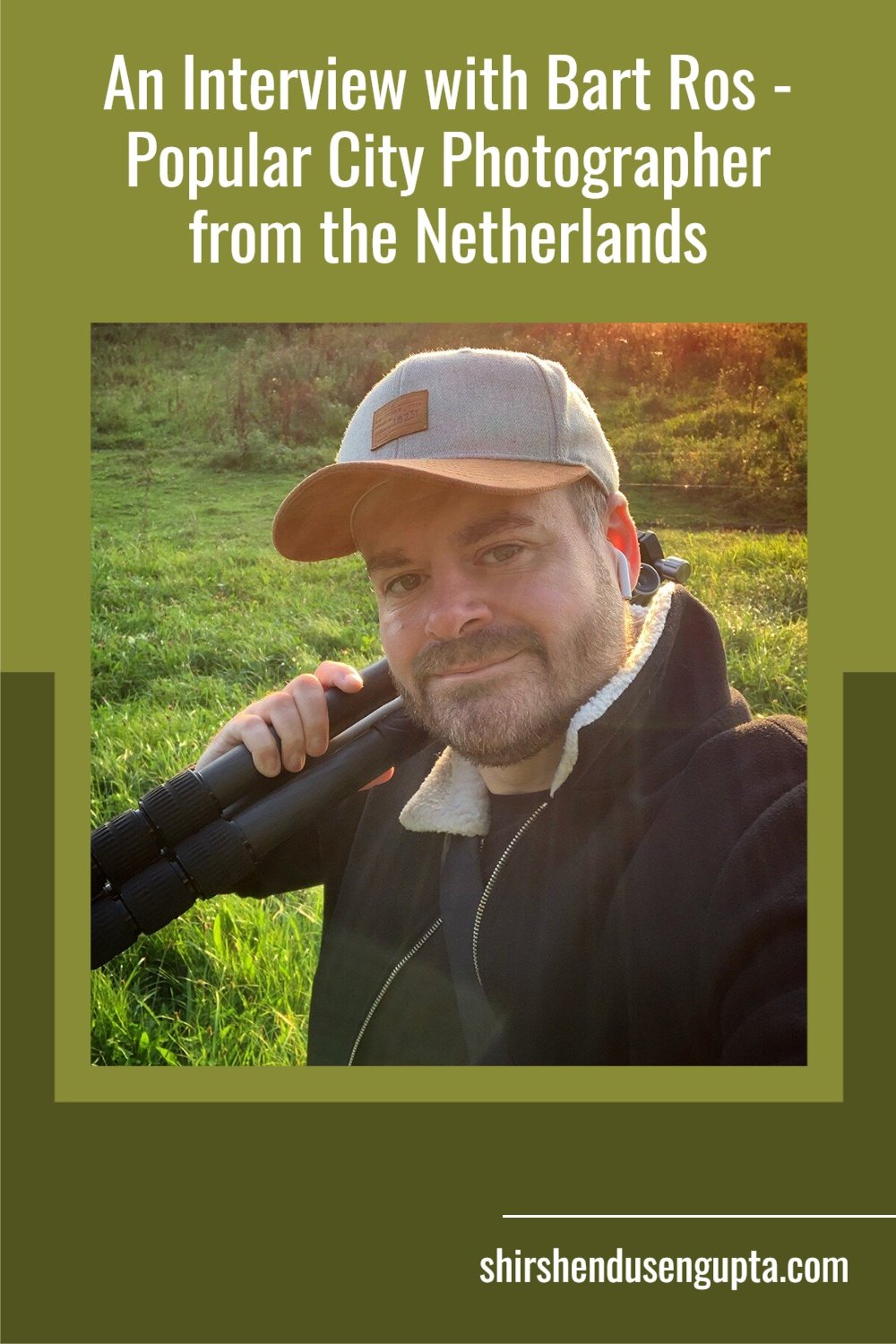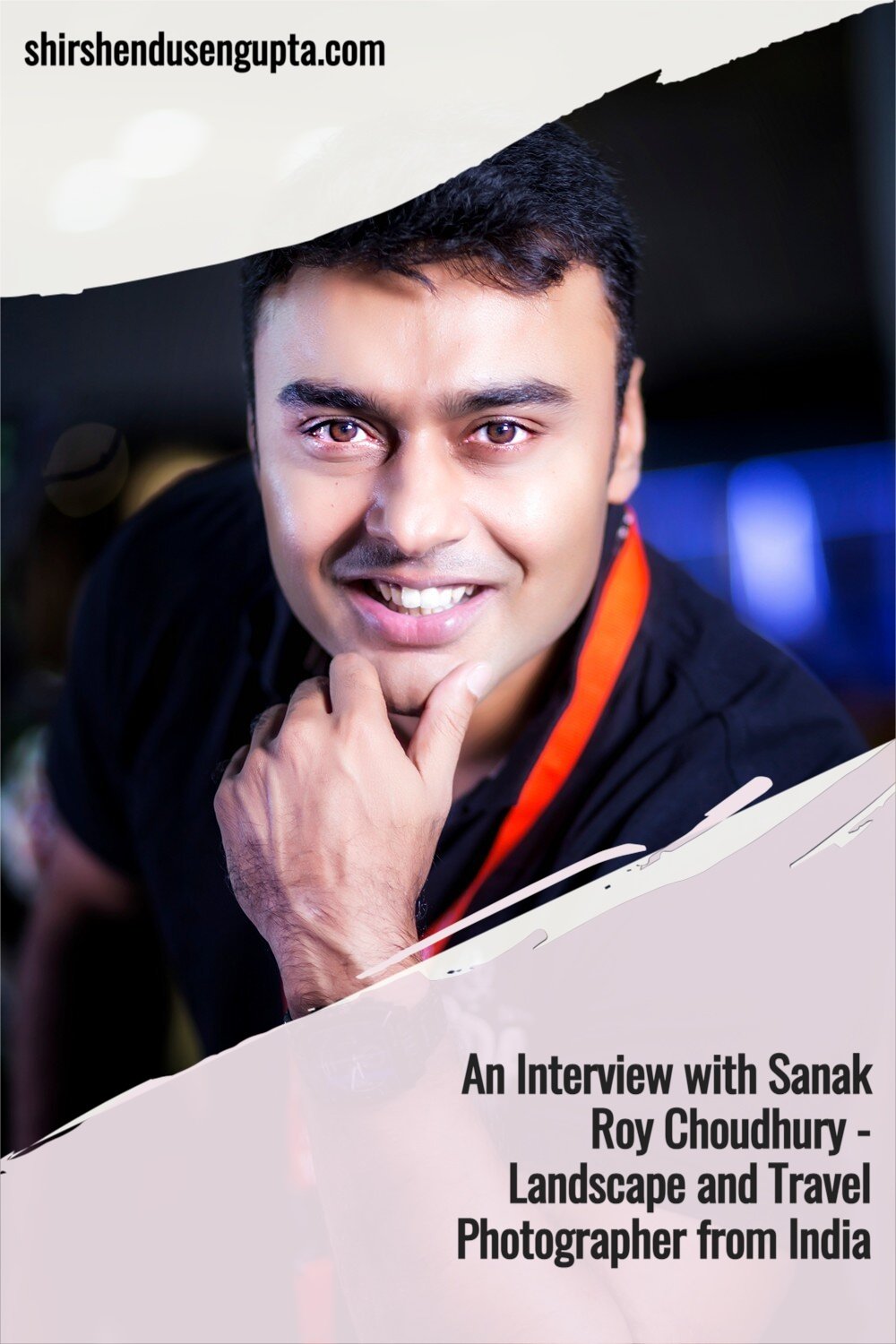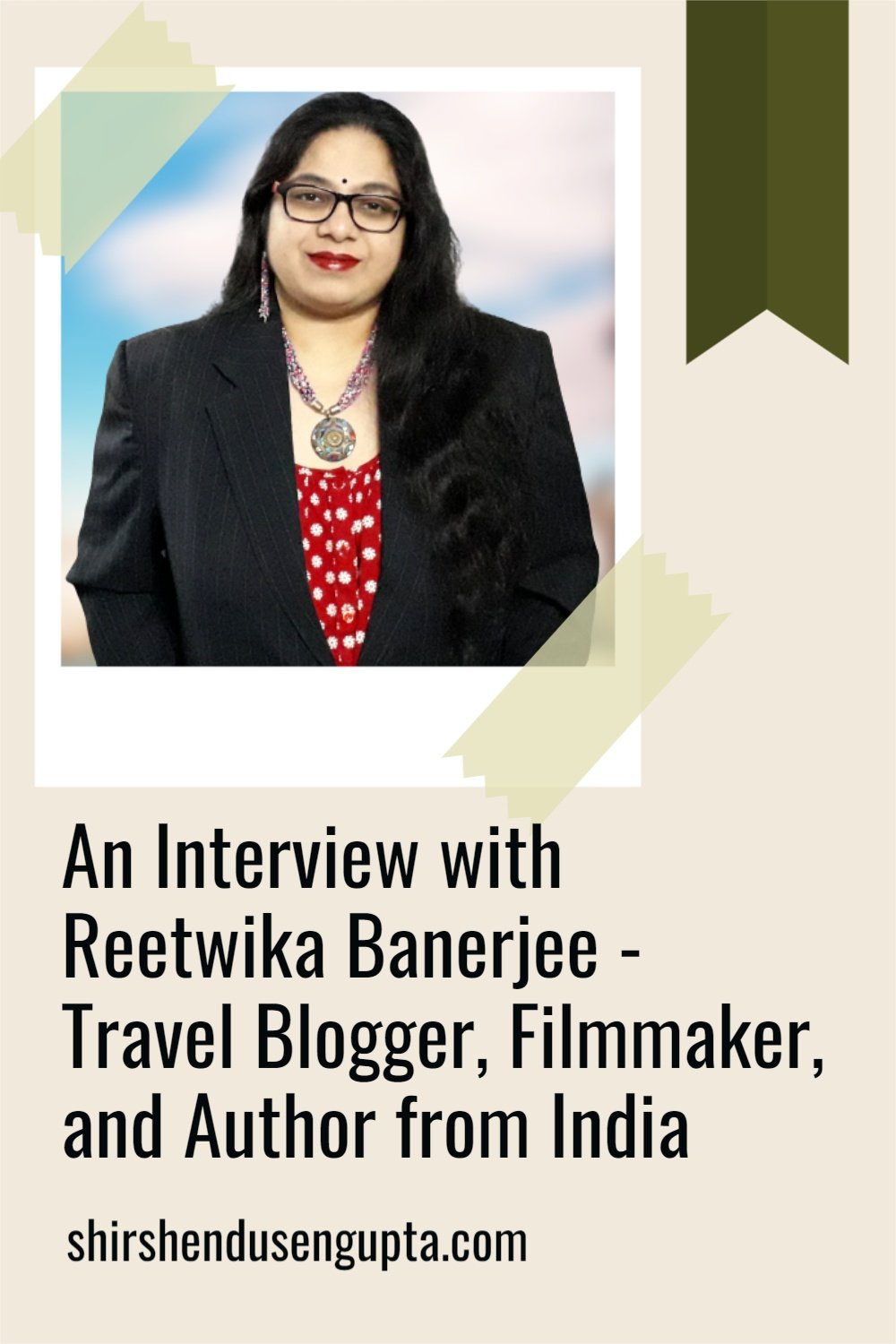An Interview with Bart Ros | One of the Most Popular City Photographers from Deventer, the Netherlands
Introducteren Bart Ros | Introducing Bart Ros
Dutch: Bart Ros ben architectuur, interieur en stadsfotograaf werkzaam in de regio Deventer en Overijssel. Bart ben van origine multimedia engineer en grafisch vormgever, maar sinds enkele jaren richt hij ook op fotografie. Van jongs af aan ben Bart altijd bezig geweest met tekenen, schilderen en het uit elkaar halen van radio’s, tv’s en oude camera’s. Hij combineer deze technische en vormtechnische interesses in zijn professionele leven door het ontwikkelen van websites, grafische vormgeving en fotografie. Bijna dagelijks kan je hem vinden aan de IJssel of in de historische straten van de Hanzesteden in Nederland. Druk bezig om ons unieke beelden te brengen.
Het resultaat van zijn liefde voor fotografie en de stad Deventer is de Kalender van Deventer met 12 unieke foto’s en stadsaanzichten van Deventer en de omgeving. En een boek over Deventer met nog meer unieke beelden genaamd Buitengewoon Deventer 2: Deventer en Omstreken. Om de volledige collectie van Barts werk te bekijken, ga naar bartros.nl
English: Bart Ros is an architecture, interior and city photographer working in the Deventer and Overijssel region. Bart is originally a multimedia engineer and graphic designer, but for several years now he has also focused on photography. From an early age, Bart has always been busy with drawing, painting, and taking apart radios, TVs, and old cameras. He combines these technical interests in his professional life by developing websites, graphic design, and photography. You can find him almost daily on the IJssel or in the historic streets of the Hanseatic cities in the Netherlands busy bringing us unique images.
The result of his love for photography and the city of Deventer is the Calendar of Deventer with 12 unique photos and city views of Deventer and the surrounding area and a book about Deventer with even more unique images called Extraordinary Deventer 2: Deventer and Surroundings. To check out the complete collection of Bart’s work, please visit bartros.nl
Hoe ik Bart heb ontmoet | How I met Bart
Dutch: Ik was geïnspireerd om de stad Deventer, het kroonjuweel van de Hanzesteden, te bezoeken op basis van een paar prachtige beelden die ik ooit op Locationscout had bekeken. Op de handtekening stond dat de fotograaf Bart Ros heette. Vele maanden later, tijdens de COVID-19 lockdown van 2020, reisde ik op een romantische avond naar Deventer om voor het eerst de stad te verkennen. Bij zonsondergang, toen ik toevallig het iconische skyline-beeld vanaf de Wilhelminabrug aan het fotograferen was, vond ik een man met een fiets en een spiegelloze Sony-camera die iets verder van me af stond en de prachtige zonsondergang in beeld bracht. Toen we met elkaar spraken, realiseerde ik me dat het dezelfde Bart Ros is wiens beelden me daar eigenlijk hadden gebracht. Vanaf dat moment spreken we regelmatig via sociale media, chats en berichten, wisselen we van gedachten over fotografie, gaming en memes (Bart is trouwens een Meme Lord). In feite heeft Bart me geholpen bij het ontwerpen van mijn nieuwe website en het bedenken van mijn bedrijfsmodel door verschillende waardevolle tips te geven. Ik wil Bart bedanken voor alle hulp die hij me tot nu toe heeft gegeven, en voor het feit dat hij vandaag op mijn blog is!
English: I had been inspired to visit the city of Deventer, the crown jewel of the Hanseatic League cities based on a couple of stunning images that I once viewed on Locationscout. The signature said that the photographer was named Bart Ros. Many months later, during the 2020 COVID-19 lockdown, on a romantic evening, I traveled to Deventer to explore the city for the first time. At sunset, when I happened to be shooting the iconic skyline image from the Wilhelmina Bridge, I found a man with a bike and a mirrorless Sony camera, standing a bit further from me picturing the beautiful sunset. When we spoke to each other, I realized it is the same Bart Ros whose images had actually brought me there. Since then, we’ve been speaking regularly over social media, chats, and messages, exchanging thoughts on photography, gaming, and memes (Bart is a Meme Lord by the way). As a matter of fact, Bart helped me in designing my new website and ideating my business model by providing several invaluable tips. I would like to thank Bart for all the kind help he has provided me with to date, and for being on my blog today!
Het Interview met Bart | The Interview with Bart
Hoe ben je bij de fotografie terecht gekomen? | How did you get into photography?
Dutch: Het uitkomen bij de fotografie is voor mij best een lange weg geweest. Mijn hele leven ben ik al bezig met vormgeving en ook fotografie. Maar in 2005 heb ik mij meer verdiept in vormgeving en webontwikkeling. In die periode heb ik mij minder bezig gehouden met de fotografie. Ondanks dat vormgeving en fotografie veel competenties met elkaar delen. In 2008 heb ik op een reis in Japan mijn eerste DSLR gekocht. Daarvoor had ik alleen maar ervaring met analoge fotografie. Sindsdien heb ik me verdiept in de fotografie. Vooral via Youtube en de grappige videos van Digitalerev en Serge Ramelli.
English: Getting into photography has been a long road for me. I have been involved in design and photography all my life. But in 2005 I delved more deeply into design and web development. During that period I was less involved with photography, despite the fact that design and photography share many competencies. In 2008 I bought my first DSLR while traveling in Japan. Before that, I only had experience with analog photography. Since then I have immersed myself in photography. Especially via Youtube and the funny videos of Digitalerev and Serge Ramelli.
Wat was je eerste camera? | What was your first camera?
Dutch: Mijn eerste analoge camera van een Olympus trip 35. Maar mijn eerste DSLR van een Nikon D40. Zoals gezegd gekocht in Japan tijdens een kerstsale met de 18-55 kitlens. Ik heb deze nog steeds, maar hij wordt niet meer gebruikt. Ik heb hem tot aan 2012 gebruikt toen ik overging op een Pentax K5.
English: My first analog camera was from an Olympus trip 35. But my first DSLR was a Nikon D40. As mentioned, I bought it in Japan during a Christmas sale with the 18-55 kit lens. I still have it, but it is no longer used. I used it until 2012 when I switched to a Pentax K5.
Welke uitrusting gebruik je nu? | What gear are you using now?
Dutch: Zoals het een fotograaf betaamd te veel om op te noemen maar de kit die ik professioneel gebruik is de Sony A7R4. Dit is mijn 3de Sony A7R kamera na de R2 en de R3. Daarnaast gebruik ik de Ricoh GRIII voor on the go en de Sony ZV1 voor video en vlogs.
English: As befits a photographer too much to mention but the kit I use professionally is the Sony A7R4. This is my 3rd Sony A7R camera after the R2 and the R3. I also use the Ricoh GRIII for on-the-go and the Sony ZV1 for video and vlogs.
Wat is je nabewerkingsprocess en welke software? | What is your post-processing process and what software do you use?
Dutch: Nabewerking doe ik alleen met RAW files. Ik hou van beelden met veel scherpte en een groot Dynamisch bereik. Ik kies mijn camera’s dan ook op basis van de flexibiliteit van het RAW formaat dat deze heeft. Dit is de reden dat ik bij Sony ben blijven hangen. Het Dynamische bereik. Ook de Ricoh heeft een goed bereik voor een APSC en mooi veel contrast in de DNG files.
Mijn bewerkings process is erg uitgebreid. En voor iedere type foto weer anders. Ik laad mijn beelden altijd in Lightroom Classic. Die zet ze voor mij op de juiste plek op mijn SSD. Ik converteer meestal gelijk naar DNG. Dit scheelt wat ruimte en werkt goed samen met Lightroom. Na mijn selectie process gooi ik altijd alle beelden waar ik me niet zeker van ben gewoon weg. Always kill your Darlings zei mijn Photoshop leraar altijd. Daarna die ik de basis bewerking in Lightroom Classic. Of als ik onderweg ben in Lightroom mobile. Deze zijn alleen om te delen dus vaak doe ik die beelden nog een keer overnieuw in een ander jasje in Classic. Ik werk meestal met mijn eigen presets die ik voor iedere camera of type fotografie die ik doe heb aangemaakt. Portretten zijn anders dan landschap, architectuur of blauw uur foto’s. Na de basisbewerking stuur ik mijn foto als TIFF door naar Photoshop. Daar doe ik de nodige correcties haar ik afleidende elementen weg en doe ik soms nog wel eens de lucht vervangen. Als laatste stap stuur ik mijn beeld dan door naar DXO Color Efex Pro waar ik de contrast doe, soms nog split-toning en ook zeker nog wat met de aangepaste lucht doe.
English: I only do post-processing with RAW files. I like images with a lot of sharpness and a large dynamic range. I, therefore, choose my cameras based on the flexibility of the RAW format they have. This is the reason I stuck with Sony. The Dynamic Range. The Ricoh also has a good range for an APSC and a lot of contrast in the DNG files.
My editing process is very extensive and different for every type of photo. I always load my images into Lightroom Classic. That puts them in the right place for me on my SSD. I usually convert straight to DNG. This saves some space and works well with Lightroom. After my selection process, I always throw away any images I'm not sure about. Always kill your Darlings my Photoshop teacher used to say. Then I do the basic editing in Lightroom Classic, or when I'm on the road in Lightroom mobile. I usually work with my own presets that I have created for every camera or type of photography I do. Portraits are different from landscape, architecture, or blue hour photos. After the basic editing, I send my photo as TIFF to Photoshop. There I make the necessary corrections and remove distracting elements and sometimes I replace the sky. As the last step, I send my image to DXO Color Efex Pro where I do the contrast, sometimes split-toning, and certainly something with the adjusted sky.
Wat is je favoriete Objectief? | What is your favorite Lens?
Dutch: Ik fotografeer graag met groothoeklenzen. Mijn favoriete groothoeklens is op dit moment de Tamron FE 17-28 f2.8. Erg licht in de tas en toch lichtsterk. De bouwkwaliteit laat wat te wensen over. Maar je kan hem bijna 3 keer kopen voor de prijs van de Sony variant. Als bedrijf is dat wel wat waard. En de foto’s zijn erg scherp.
Als 2de zou ik zeggen de Tamron FE 70-180 f2.8. Een geweldig bereik voor weer een lichte en aardig compacte lens. Vroeger zou ik hebben gezegd dat de Sony 24-105 F4 mijn favoriet was. Omdat dat een erg mooi bereik is en F/4 voor mijn fotografie meestal prima is. Ik gebruik de Tamron 28-75 f2.8 geregeld. Maar ik merk dat het heel vaak tussen de groothoek en de zoomlens gaat tegenwoordig. Erg diverse resultaten.
English: I like to shoot with wide-angle lenses. My favorite wide-angle lens at the moment is the Tamron FE 17-28 f2.8. Very light in the bag and yet bright. The build quality leaves something to be desired. But you can buy it almost 3 times for the price of the Sony variant. As a company, that is worth something. And the pictures are very sharp.
Second I would say the Tamron FE 70-180 f2.8. A great range for another light and quite a compact lens. Back in the day I would have said the Sony 24-105 F4 was my favorite. Because that is a very nice range and F/4 is usually fine for my photography. I use the Tamron 28-75 f2.8 regularly. But I notice that it often goes between the wide-angle and the zoom lens these days. Very diverse results.
Wat is je favoriete soort van fotografie? | What is your favorite type of photography?
Dutch: Ik heb het al aangehaald in mijn introductie. Ik fotografeer veelal steden en gebouwen. Met een stukje interieur en event in de openbare ruimte er bij. Maar mijn favoriete foto’s zijn meestal genomen in het blauwe uurtje. Blauw uur fotografie is dan ook echt mijn favoriet. Je kan dit met alles variëren. Een gebouw of juist een stadsgezicht. Verkeer, waterpartijen en lange sluiter fotografie werken ook prima in het blauwe uurtje. En dan doe ik nog stiekem Holy-grail timelapses die van Zonsondergang tot in het blauwe uur lopen.
English: As I already mentioned in my introduction, I mostly photograph cities and buildings. With a piece of interior and event in the public space. But my favorite photos are usually taken in the blue hour. Blue hour photography is really my favorite. You can vary this with anything. A building or a cityscape. Traffic, water features, and long shutter photography also work well in the blue hour. And then I secretly do holy-grail time-lapses that run from sunset to the blue hour.
Wat is de mooiste plek die je hebt kunnen fotograferen? | What is the most beautiful place you have been able to photograph?
Dutch: Dat is voor mij een moeilijke vraag. De meeste beelden die ik heb zijn genomen in mijn eigen stad. En voor mij als fotograaf is het zowel een uitdaging ook lokaal elke keer weer nieuwe composities te vinden van mijn woonplaats Deventer. Toch vind ik dat iedere locatie wel iets unieks hebben. En er altijd wel een moment te vinden is om van de meeste lelijke locatie nog een unieke foto’s die voor iemand bijzonder zal zijn te maken. Als ik echt een plek moet noemen waar ik terug zou willen dan zijn het de kleine straatjes van Tokyo in de avond.
English: That is a difficult question for me. Most of the images I've taken were taken in my own city. And for me as a photographer, it is both a challenge to find new compositions from my hometown Deventer every time, also locally. Still, I think that every location has something unique. And there is always a moment to take a unique photo of the ugliest location that will be special to someone. If I really have to name one place I would like to go back to, it would be the small streets of Tokyo at night.
Wat zou je een beginnende fotograaf als tip willen meegeven? | What would you like to give a beginner photographer as a tip?
Dutch: Als fotograaf is het belangrijk je eigen stijl te ontwikkelen. Je kan je onderzoek prima doen via Instagram, Flickr of 500px, maar je moet je niet laten afleiden door de stijl en of de nabewerking van die fotos. Het is mijn idee dat echt unieke fotografie leeft in het vlak tussen: goed onderzoek van je onderwerp en je eigen ontwikkelde stijl. Hiervoor moet je vooral de nabewerking en je camera goed onder de knie voor hebben. En zeker moet je veel en vaak dezelfde locaties bezoeken om tot diverse en unieke beelden te komen.
English: As a photographer, it is important to develop your own style. You can do your research via Instagram, Flickr, or 500px, but you should not be distracted by the style and/or the post-processing of those photos. It is my idea that truly unique photography lives in the area between good research of your subject and your own developed style. For this, you especially need to have mastered the post-processing and your camera. And you certainly have to visit many and often the same locations to arrive at diverse and unique images.
Eindnoot | Endnote
Dutch: Dat brengt ons bij het einde van ons interview met Bart Ros, een van de populairste stadsfotografen uit Deventer, Nederland. Om de volledige collectie van Barts werk te bekijken, ga naar bartros.nl
English: So that brings us to the end of our interview with Bart Ros, one of the most popular city photographers from Deventer, the Netherlands. To check out the complete collection of Bart’s work, please visit bartros.nl
Pin the article
Bookmark the article for reading later!
Want us to write an article for you?
Articles for magazines, newspapers, and websites!
Watch our Videos
Check out our videos on our Youtube Channel!
Join the Newsletter
Get updates on our latest articles!
We respect your privacy. Read our policy here.





